Which of the Following Is Characteristic of an Oil-immersion Objective
B An objective with minimum numerical aperture c Shortest wavelength of visible light used d Shortest wavelength of visible light used and an objective with the maximum numerical aperture 23. Microscopes are often used to study bacteria cells and.
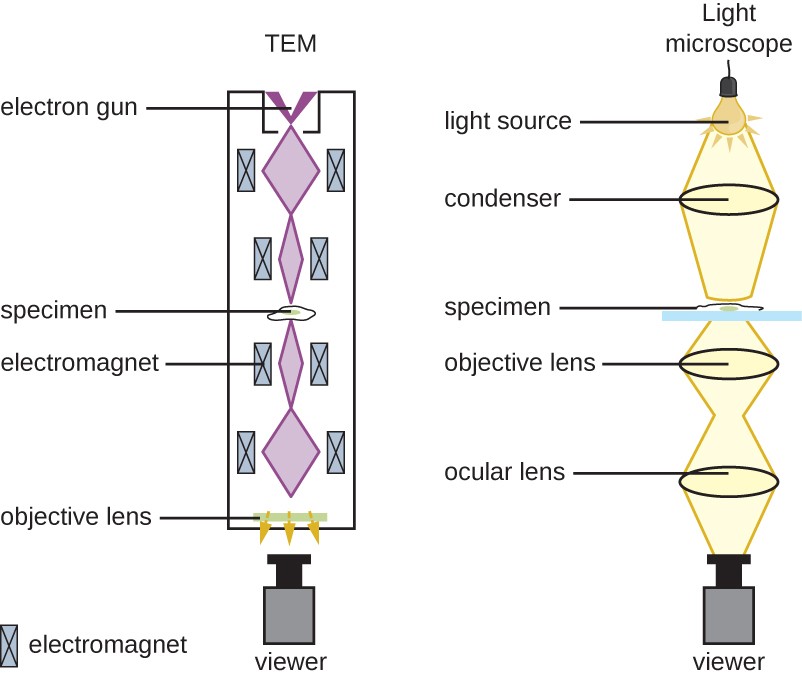
Instruments Of Microscopy Microbiology
The usual bacteria which you will see range in size from 05 to nearly 10 microns A few species are many times that long The bacteria may show the following shapes.

. If 8 plant cells extend across the field of view 2 mm then each cell is 28 or 025 mm long. Typically immersion oils have a refractive index of 11515. The best method of cleaning an immersion objective is to commence by wiping off the majority of the oil with a piece of dry lens tissue.
Oil immersion is essential for viewing individual bacteria or details of the striations of skeletal muscle. The 60x dry is sometimes chosen over a 100x oil immersion lens for higher magnification without the need to use immersion oil. Spherical coccus rod-shaped bacillus curved comma or helical spiral.
To examine specimens at high magnifications using the microscope there are a number of factors which need to be taken into consideration. The 60x objective often available in either dry or oil immersion provides 50 greater magnification than a 40x lens. Assuming that a human eye with a pupil diameter of 3 mm observes a.
Brightfield microscopes use a combination of glass lenses and light to view the specimen. In fact oil-immersion objectives are limited to use with coverslip-prepared samples since they dont have. Advanced Physics questions and answers.
This longest objective is used for observing the detail of individual cells such as white blood cells the cells involved in spermatogenesis etc. It is used for specimens that need very high magnification. When the oil-immersion objective lens is in use the difference between the light-bending ability or refractive index of the medium holding the sample and the objective lens becomes important.
The use of the immersion oil indicates that the magnification needed is very large and that cannot be facilitated by the normal objective lens. Remember that the diameter of the field of view changes depending on the power of. The immersion oil has a refractive index of greater than 1 typically around 15 which means that the way that light travels through the oil will reduce the amount of stray light and will channel more light through the objective lens.
Immersion lens noting the morphological and staining characteristics of each species. A disadvantage of oil immersion viewing is that the oil must stay in contact and oil is viscous. Using Oil Glycerol or Water to Overcome some of the Limits of Resolution.
Oil immersion objective lens has an NA value of_____ a 065 b 085 c 133 d 100 24. The oil used removes any air gaps present and possible chances of losing light due to light refraction ad light passes. This is unitless because its a ratio.
D A microscope features an oil immersion objective lens which has an acceptance cone of 126 deg and uses an immersion oil of refractive index n 141. A marrow smear always contains variable number of mature cells of the peripheral blood. It is nearly impossible to view living motile protists at a magnification of 1000x except for the very smallest and slowest.
The objective lenses which are specifically designed for this purpose is known as the Oil immersion objectives. The 50x oil immersion objective often used in place of the 40x objective is used as a gold standard for observing blood smears. The magnification the oil immersion lens facilitates is 100x which is the greatest magnification from the light microscope.
The function of a microscope to produce a magnified image of an object depends on the physical properties of light. The objective lens improves the resolving power by a factor 1n. The front of the lens may then be polished with the aid of the tongue and a clean soft handkerchief Basically j ust wipe off the oil with lens paper for microscope lenses.
These include resolution numerical aperture NA the working distance of objectives and the refractive index of the. A higher NA afforded by immersion oil also increases the achievable resolution out of the objective. Use of immersion oil.
Because the refractive index of air is less than that of glass light rays are bent or refracted as they pass from the microscope slide into the air. Oil Immersion Objective 100X. The lens must be used with a specially formulated oil that creates a bridge between the tip of the objective and the cover slip.
KEEP IN MIND THE FOLLOWING DIFFERENCES BETWEEN A MARROW SMEAR AND A SECTION OF BONE MARROW. They are used for very large magnifications that require high resolving power. Oil-immersion objectives should be used with coverslip-thick glass or optically equivalent plastic to achieve their best imaging performance.
Which of the following is characteristic of an oil-immersion objective. SWITCH TO OIL IMMERSION OBJECTIVE- Since it can be difficult to identify some marrow cells even under oil it is impossible to identify them under your 40x objective. The field of view when using the 10x objective 100x total magnification is 2 mm.
They have short focal lengths facilitating the use of oil. Oil prevents light from bending and distorting the image of an object under study. The function of an oil immersion objective for a microscope is to achieve greater clarity of an image at high magnification.
The Rayleigh Criterion describes how higher NA increases resolution which is the point at which two points of light imaged by the microscope can just barely be. A foreign object that is visible through a microscope but is unrelated to the specimen and may be misinterpreted when the specimen is examined is a. Various mediums through which light passes have.
Oil-immersion objectives usually have a working distance of less than 300 µm. The optical and viscosity characteristics of immersion oils are crucial in light microscopy because of the way they effectively focus light without blurring any details. The goal of microscopy is to create a magnified image of objects too small to be seen with the eye alone.
In the conventional microscope the immersion oil is. Since the refractive indices of air and this lens are different the lens will not. Using an oil immersion objective lens allows for higher magnification.
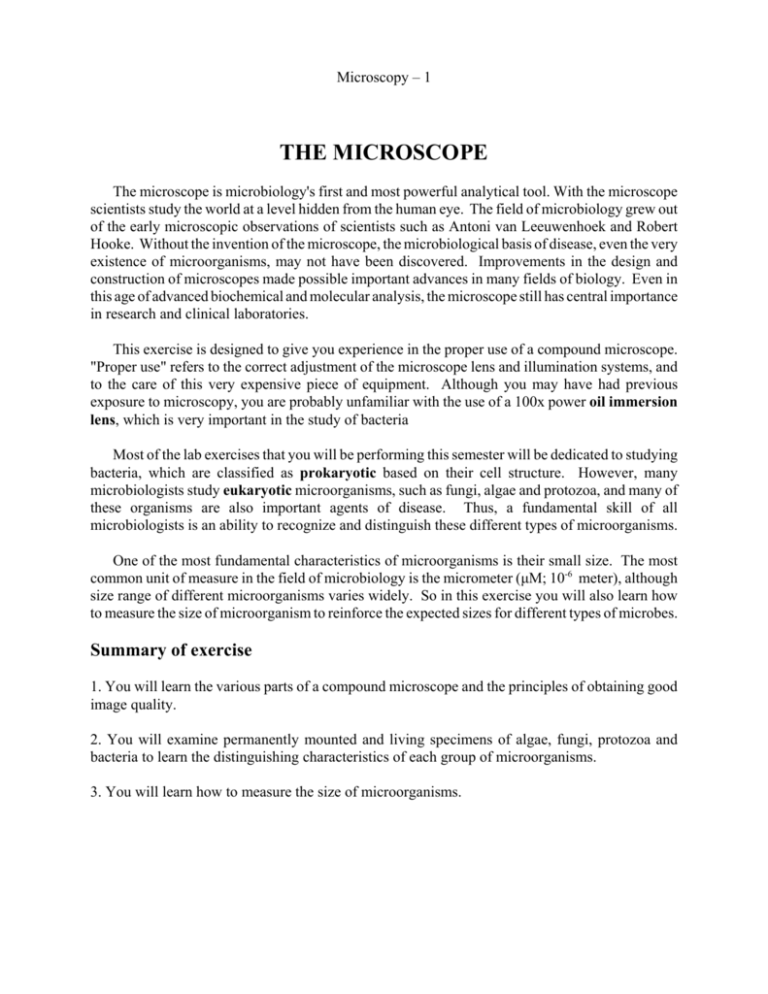
2 Microscopy And Eukaryotic Microbes
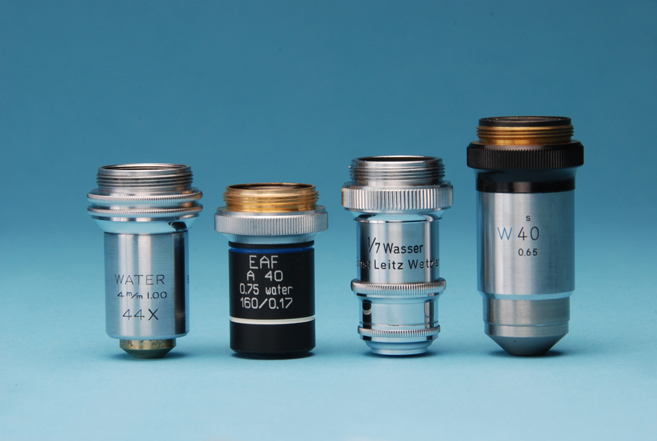
Microscope Activities 32 Immersion Objectives
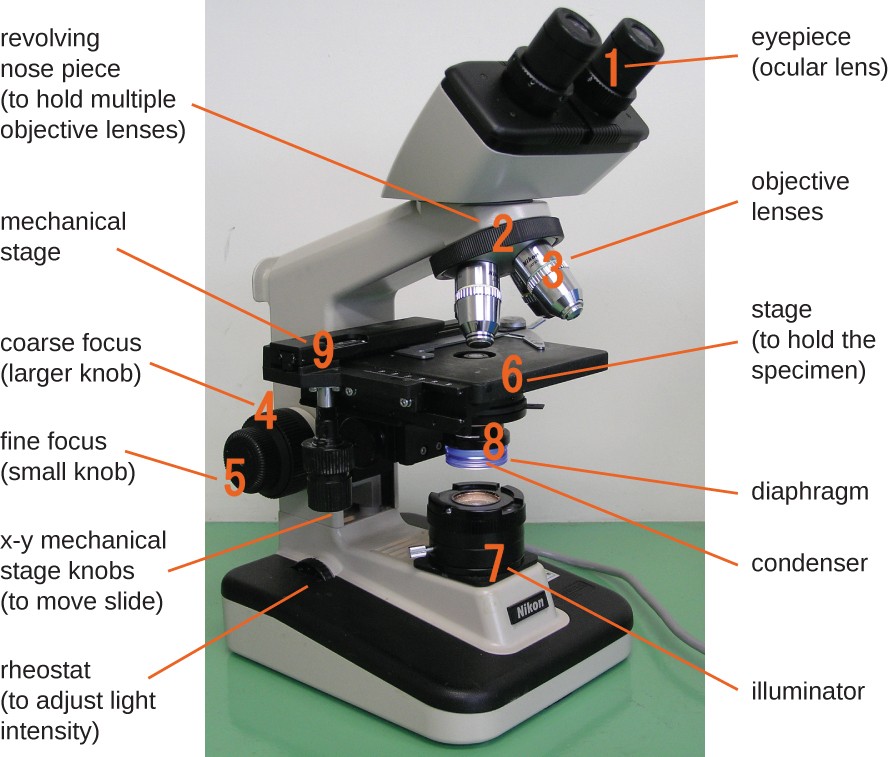
Instruments Of Microscopy Microbiology
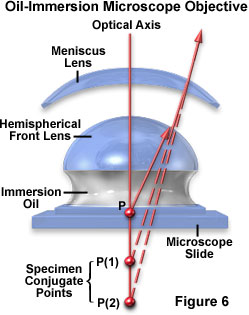
Microscope Objectives Introduction Olympus Ls
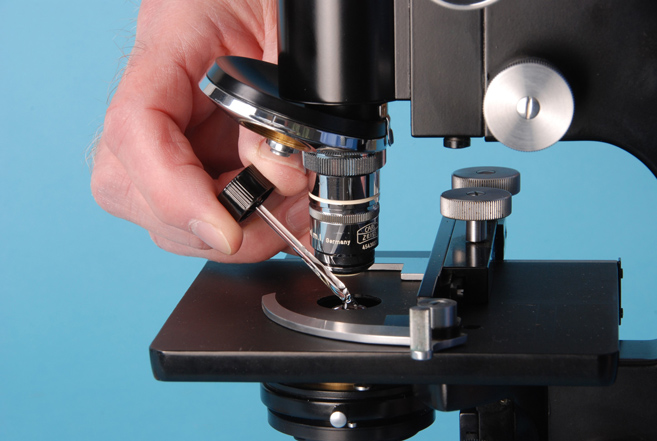
Microscope Activities 32 Immersion Objectives
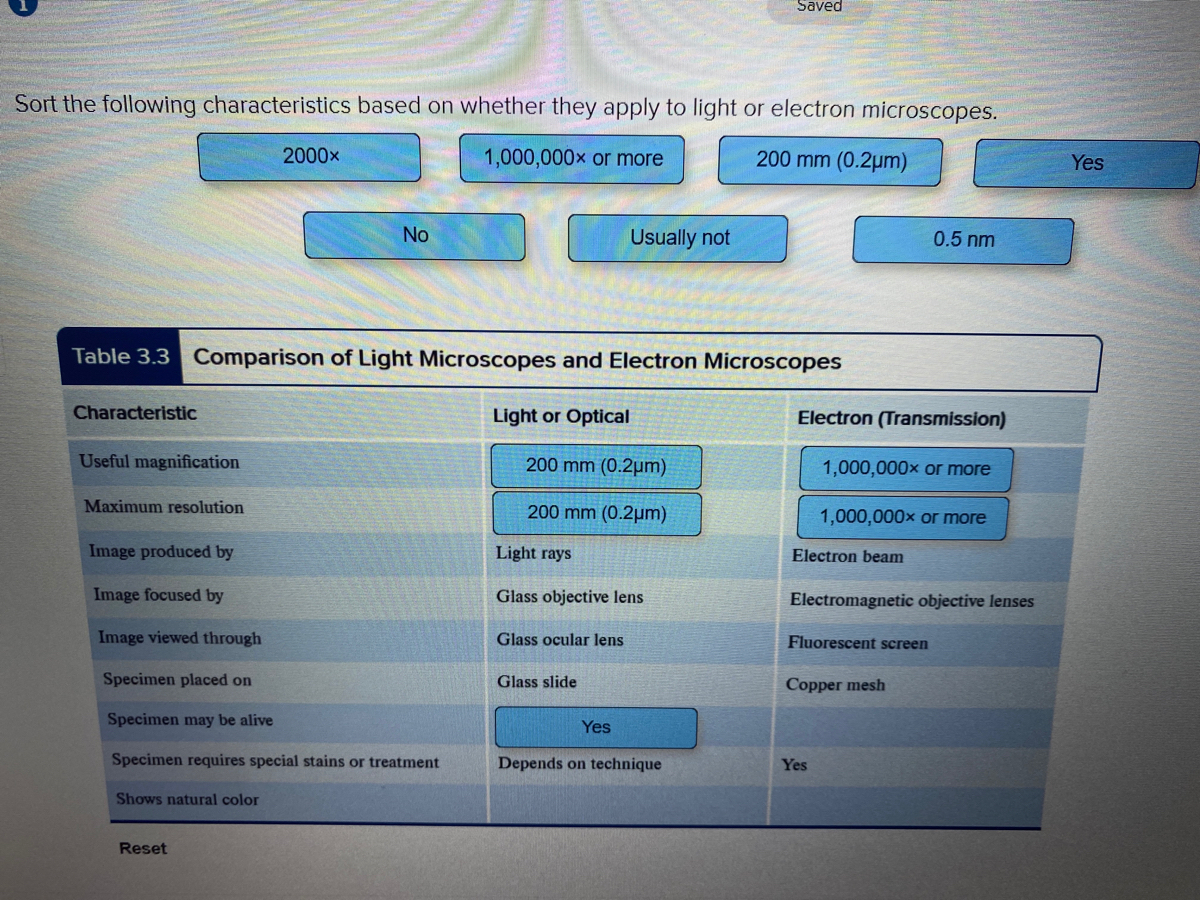
Answered Saved Sort The Following Bartleby

Light Microscopes An Overview Sciencedirect Topics
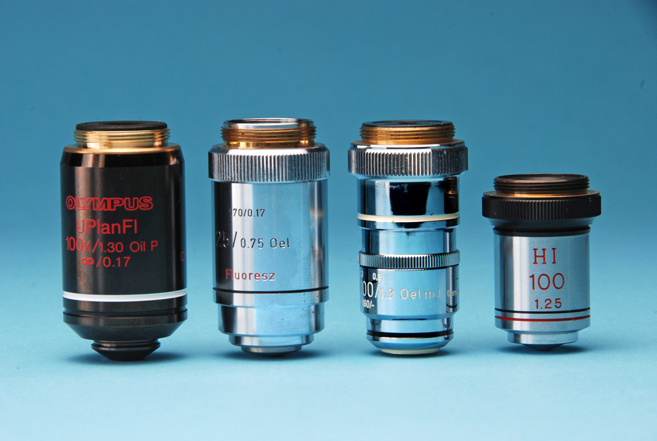
Microscope Activities 32 Immersion Objectives
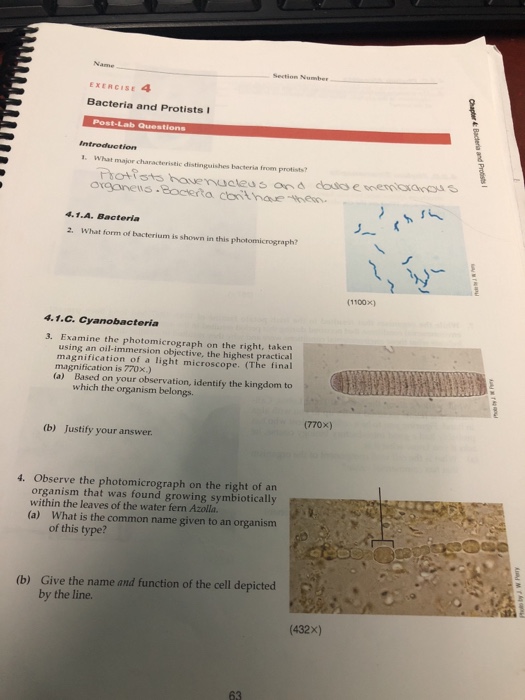
Solved Exercise 4 Bacteria And Protistsi Introduction What Chegg Com
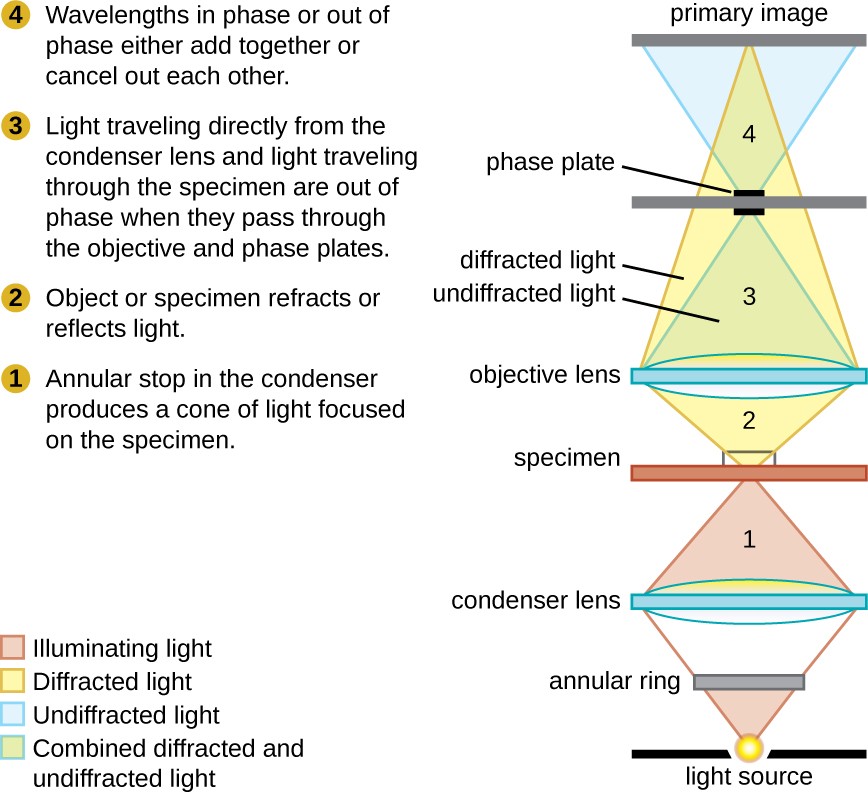
Instruments Of Microscopy Microbiology
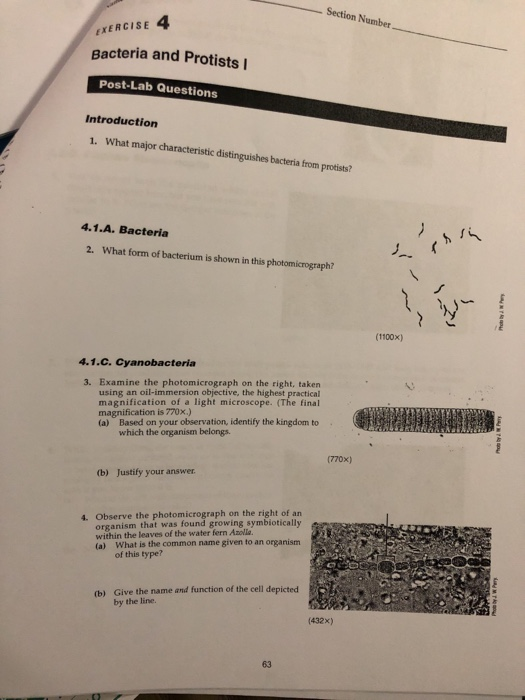
Solved Section Number Exercise 4 Bacteria And Protists I Chegg Com
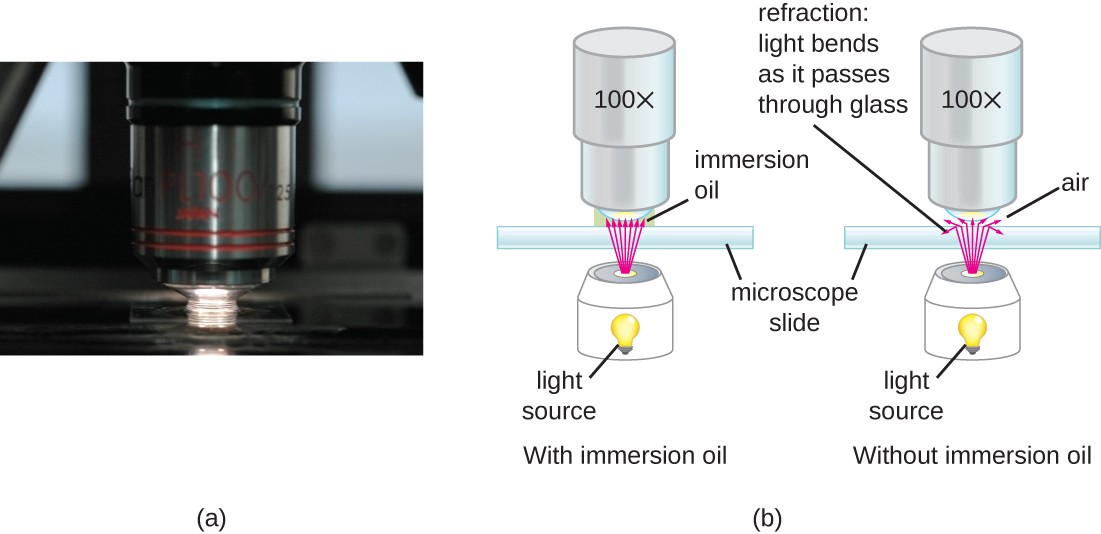
Instruments Of Microscopy Microbiology
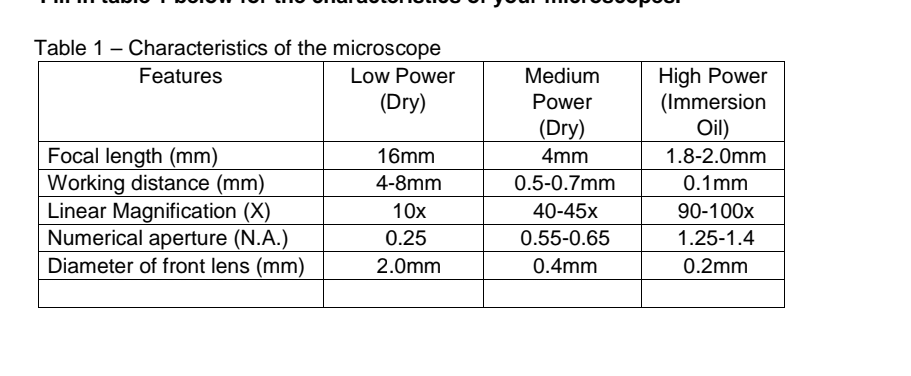
Answered Table 1 Characteristics Of The Bartleby
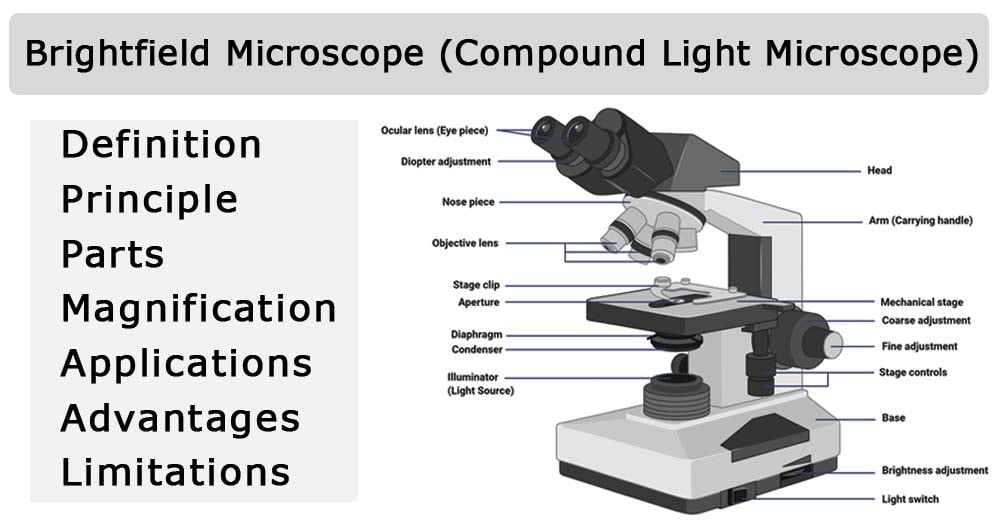
Brightfield Microscope Compound Light Microscope Definition Principle Parts

Three Dimensional Morphology Of Bacterial Community Developed On The Index Matched Materials Scientific Reports
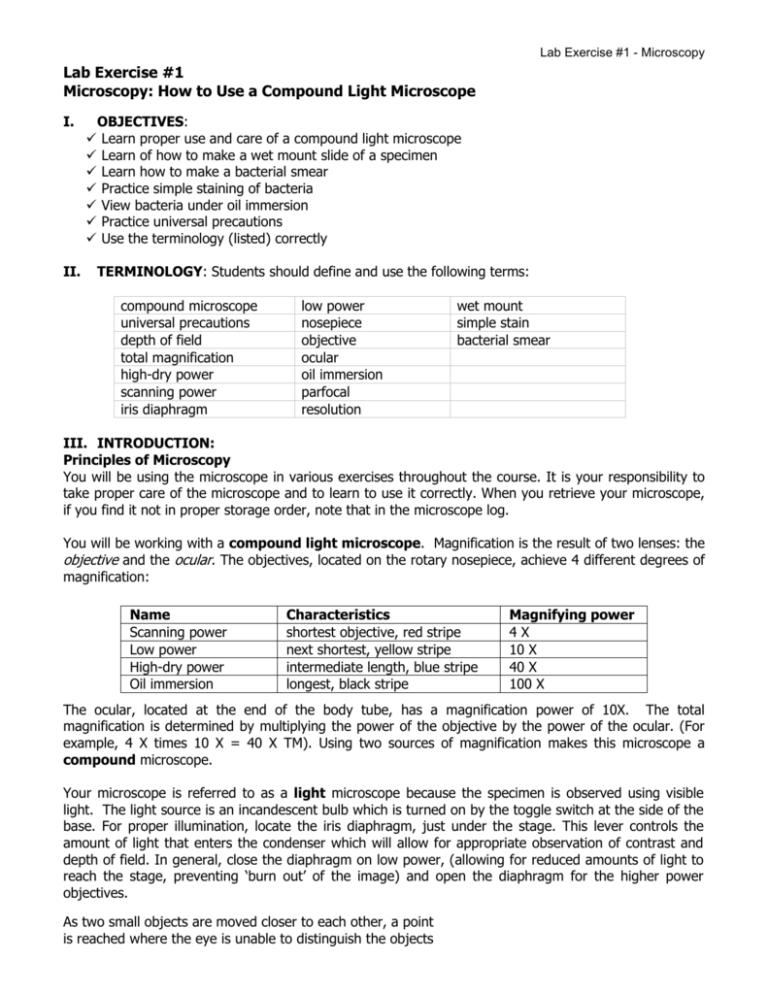
Microscopy Biology Lab Exercise Report

Morphology Of Liposomes Examined Under Oil Immersion Objective Lens Download Scientific Diagram

Solved Name Section Number Exercise 19 Bacteria And Protists Chegg Com
Comments
Post a Comment